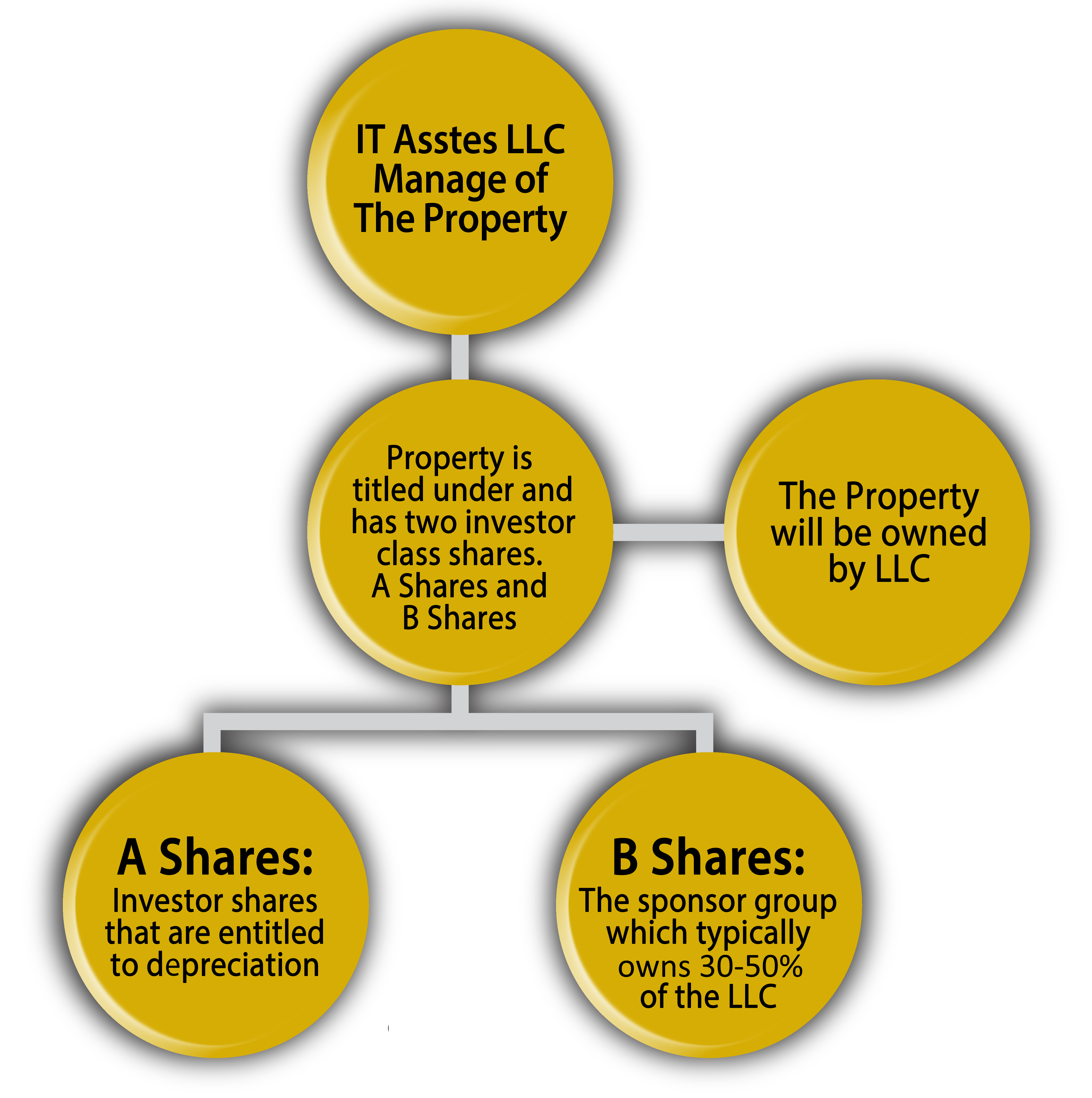

Investors
Putting your money in high cash-producing real estate is one of the best investments you can make. Buying real estate for sale is an incredible way to generate passive income. As a passive private equity partner, we collect monthly rent from tenants. After all expenses and debt service are covered, we are left with free cash flow that is returned to partners in the form of a distribution every 120-days. Also, because nearly every tenant lease includes built-in increases, the monthly income stream rises higher, period-over-period.
Investment Objectives
Investors purchase real estate to generate attractive rates of return on capital. Our goal is to make a healthy return on your investment and help you get to financial freedom.
Here are some of our main objectives:
- Return a meaningful portion of investors’ initial capital after repositioning, generally within 24-60 months of acquisition.
- Provide investors with an Internal Rate of Return (IRR) of 8% to 15% + compounded over 5 years.
- Generate distributable cash flow to investors throughout the project hold time.
- Generate significant distributions to investors from increased asset value upon disposition.
- Complete disposition of the properties on a 5 or 10-year timeline.
Downsides and risks of real estate Investing
There’s a lot to love about properties that contain multiple opportunities for cash flow. As with most things, there are also cons of real estate. It’s vital that you understand both sides of the fence before committing your hard-earned dollar in that direction.
It’s Illiquid
The investments in real estate are illiquid because once you are in the deal. Your money is invested for five to ten years and the investor gets most of the money back at the time of sale. Illiquid investments cannot be sold quickly, because of a lack of ready and willing investors to purchase the assets or securities. In other words, these assets and securities cannot be readily converted into cash. Perhaps the most obvious drawback to illiquid investments is the potential for higher “lock-up” and lower pricing transparency.
Lack of control
Purchasing stocks do not allow you to add any value to it, since you have no control over the company’s management and strategy. As an investor you are a limited partner in the entity that owns the real estate assets, does not have much control over the management and day to day process because the General Partners control the deal and LP has limited
powers in the entity.
Hard to Use 1031 tax benefits
Since the real estate asset is owned by the entity that has several limited and general partners as members, so it is hard to use the proceeds after the sale of the asset as 1031 exchange tax benefits. Due to the exchange, the replacement property’s tax basis is reduced. Remember, this is a tax-deferred transaction, not tax-free. Should you decide to sell, your tax liability will be fully recognized.

Why Multifamily Investment?
There is transitioning happening in multi-family; more people are renting compared to owning single-family homes; this is the first time in history that this has happened. In the past ten years, homeownership has dropped by more than 10% The millennial prefer to rent than own, 85 million baby boomers that are starting to downsize into rental communities. Individual investors from other countries are coming here to buy multi-family. The US needs 400,000 units per year to keep up with the demand. That’s 4.6 million new apartments needed by 2030. We are becoming a renters Nation. Much like Europe.